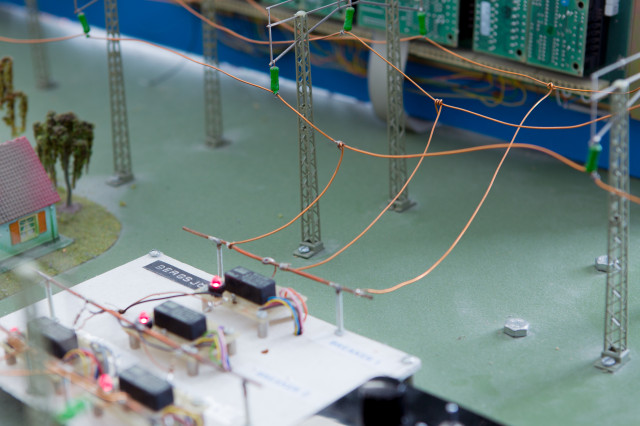Kursen ger en grundläggande introduktion till informationsteori och kanalkodning, med tillämpningar inom statistik och digital kommunikation.
Centrala begrepp: entropi och ömsesidig information, asymptotisk likauppdelning, entropi för stokastiska processer, datakompression och källkodning, kanalkapacitet, kanalkodning,kapacitet för specifika kanalmodeller med fokus mot diskreta och Gaussiska modeller, teori för ändliga kroppar, analys och design av algebraiska kanalkoder, nätverksteori.
Format: Kursen presenteras i en serie av åtta seminarier.
Efter godkänd kurs ska studenten kunna
- ge en introduktion till ämnets historiska utveckling och betydelse för det moderna samhället
- förklara de grundläggande principer och teoretiska koncept som ligger till grund för informationsteorin
- formulera en matematisk modell som är tillämpbar och relevant för en given problemställning inom området
- använda en given eller egenhändigt formulerad matematisk modell för att lösa ett givet tekniskt problem inom området, samt analysera resultatet och dess rimlighet
- jämföra olika algoritmer och kodningstekniker, ställa olika tekniker mot varandra, samt bedöma enskilda teknikers lämplighet i olika situationer
- redogöra för hur informationsteoretiska övre och under gränser formuleras och bevisas.
